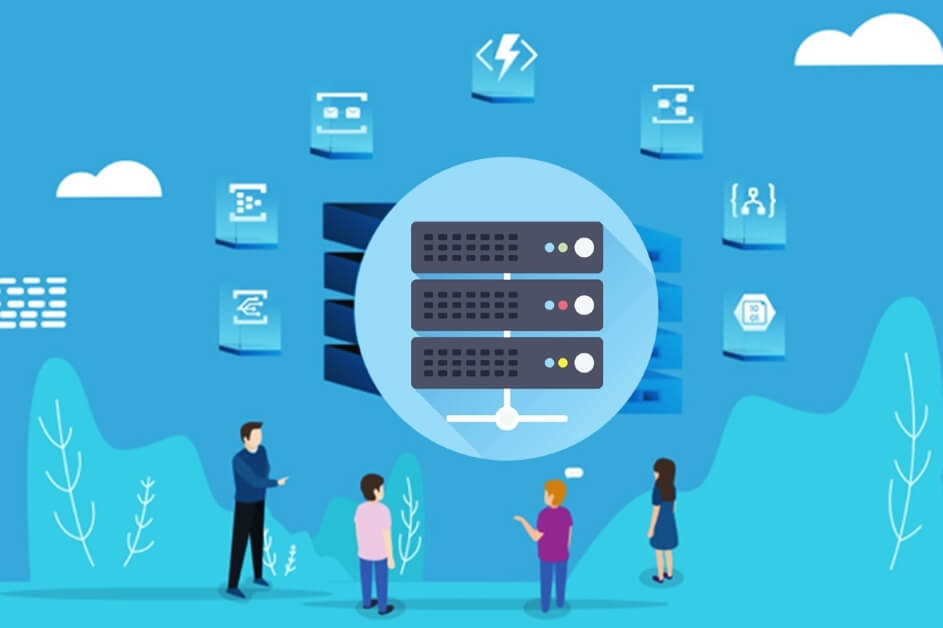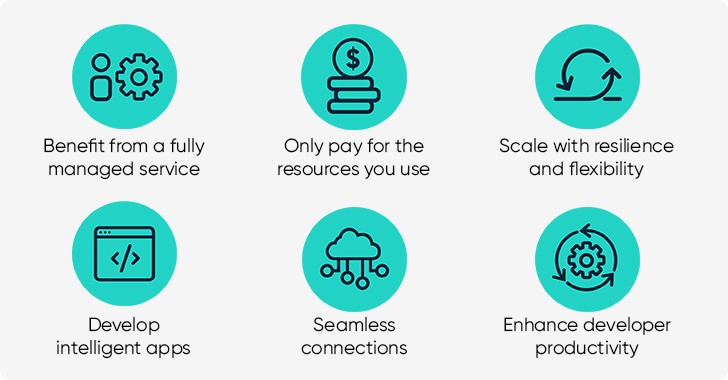Serverless architecture, a paradigm in cloud computing, has gained significant popularity in recent years. By abstracting away infrastructure management, it allows developers to focus on writing code for specific functions or services. In this blog post, we will delve into the benefits of serverless architecture and how it can transform the way we build and deploy applications.
- Cost Optimization: One of the major benefits of serverless architecture is its cost optimization potential. Traditional server-based systems often require the provisioning and maintenance of servers, regardless of the actual workload. With serverless, you only pay for the execution time of your functions. This pay-per-use model eliminates idle resource costs, making it highly cost-effective, especially for applications with varying or unpredictable workloads.
- Scalability and Elasticity: Serverless architecture provides automatic scalability and elasticity. As the demand for your application increases, serverless platforms automatically scale the resources to accommodate the workload. This ensures that your application can handle high traffic without manual intervention. With serverless, you don’t need to worry about provisioning servers or configuring load balancers, as the platform takes care of it for you.
- Increased Developer: Productivity By abstracting away the infrastructure management, serverless architecture allows developers to focus solely on writing code for the business logic. This increases developer productivity and enables them to deliver features and updates faster. Developers can concentrate on building modular, independent functions that can be easily tested, deployed, and scaled, resulting in shorter development cycles.
- Improved Availability and Fault Tolerance: Serverless architectures are designed to be highly available and fault-tolerant. Cloud providers replicate functions across multiple data centers, ensuring redundancy and fault tolerance. If one data center or function instance fails, the system automatically redirects traffic to a healthy instance, minimizing downtime. This inherent resilience makes serverless architecture well-suited for building robust and reliable applications.
- Reduced Operational Complexity: With serverless, operational tasks such as server provisioning, monitoring, and maintenance are abstracted away. Cloud providers manage the underlying infrastructure, including security patches, operating system updates, and hardware maintenance. This reduces the operational complexity for development teams, allowing them to focus on building and delivering value-added features.
- Auto-Scaling: Serverless platforms automatically scale your functions based on the incoming workload. When the demand increases, the platform provisions additional resources to handle the load. Conversely, if the workload decreases, the platform scales down the resources, ensuring efficient resource utilization. This automatic scaling capability eliminates the need for manual capacity planning and allows your application to be highly responsive to fluctuating traffic patterns.
Serverless architecture offers numerous benefits, including cost optimization, scalability, increased developer productivity, improved availability, reduced operational complexity, and auto-scaling. By leveraging the power of serverless, organizations can build highly scalable, resilient, and cost-effective applications. However, it’s essential to understand the specific use cases and considerations for adopting serverless architecture before deciding whether it’s the right fit for your application.






